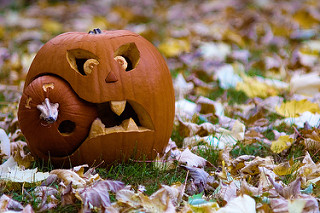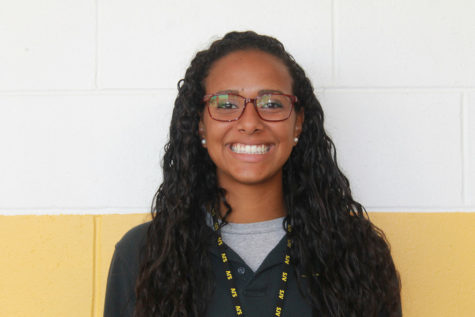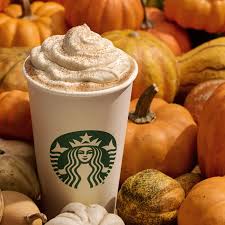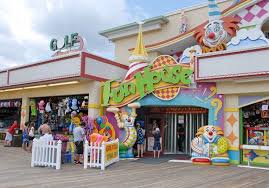The Story of Halloween’s Past

October 11, 2016
“This is Halloween, this is Halloween!” This spooky song is heard near and far when October 31 rolls around each year. Dressing up in costumes and going out at night to trick-or-treat for candy is a longstanding tradition, regardless of what state one lives in. Though, when people begin to gear up for Halloween, many do not know the actual history of the tradition that is Halloween.
Halloween, originally known as “All Hallows’ Eve,” originated in the ancient Celtic festival of Samhain. In the Gaelic culture, the festival marked the beginning of preparations for the winter. Celts believed that on October 30, the day marking the new winter year, the boundaries between the living and dead overlapped. They believed that the dead would rise and cause destruction, hence the beginnings of Mischief Night. On October 31, the Celts believed that the ghosts of the deceased would return to earth for one night. These ghostly presences were thought to make it easier for Celtic priests to predict what the winter would bring for them.
At the Samhain festival, the Celts would sacrifice animals to the pagan gods and burn elaborate bonfires. These fires were believed to attract bugs and bats; this is where the tradition of bats on Halloween comes from.
Celts would wear masks and costumes at the festival and on October 31 in order to please the spirits. The people believed that if they dressed like the spirits, the spirits would not recognize them as humans and would leave them alone. This attempt to mimic the spirits is where the tradition of dressing up in costume for the day and/or night comes from.
When colonists came to America, the celebration of Halloween was less religious and more centered around public events to celebrate the harvest. At these public events, people would engage in storytelling and fortune readings, sparking the traditions of haunted stories. When the Irish Immigrants arrived—descendants of the Celts—the American Halloween tradition became more popular.
Eventually, the custom in America became that people would dress up and go house to house asking for food or money. This is where the term “trick or treat” developed from. Originally, the phrase was a threat from candy-hunters to owners of the house that if they didn’t give them something, they would play a trick on the homeowner.
As years went on, the tradition of Mischief Night and dressing up for Halloween became a global tradition, mostly influenced by American spin on the Celtic festival. United States media and television has left an impression on other countries and on Halloween tradition.





